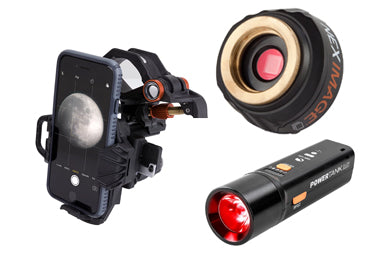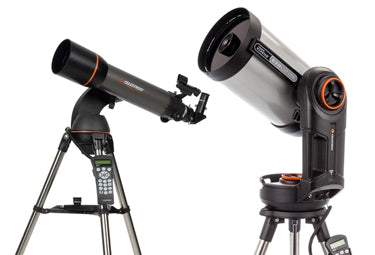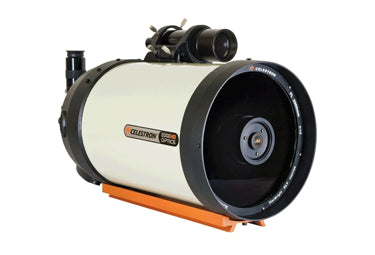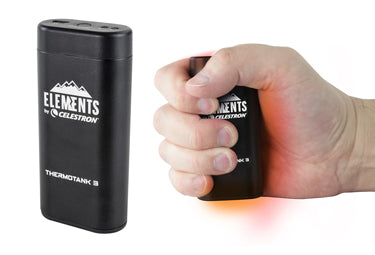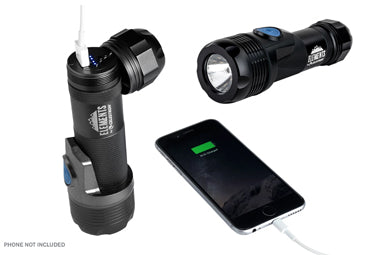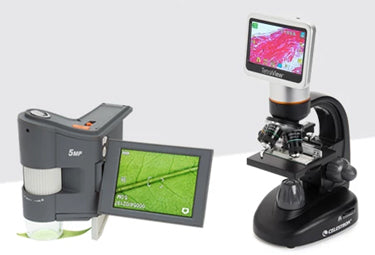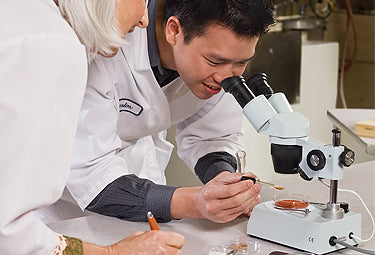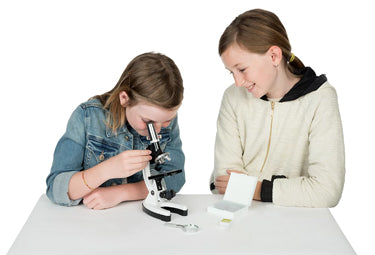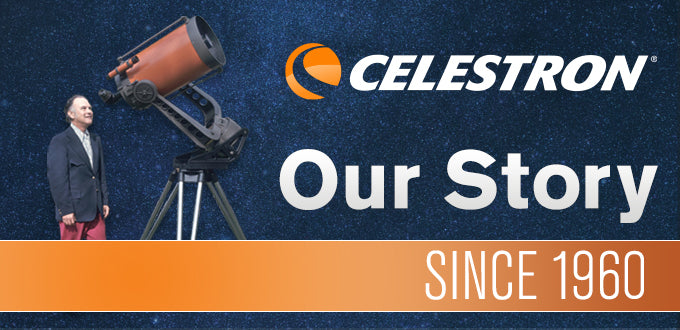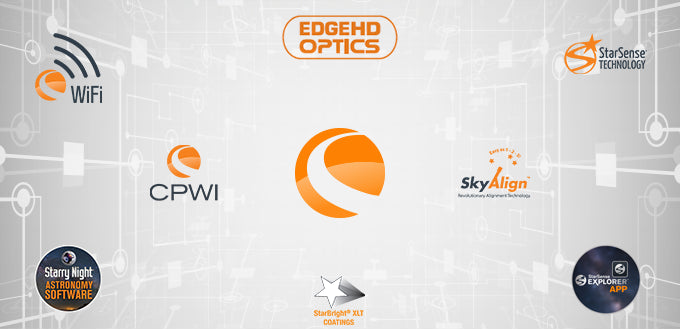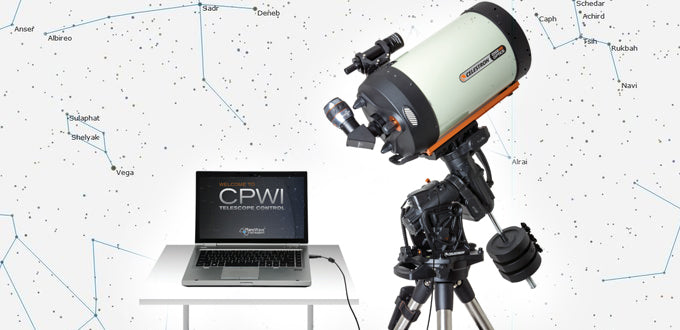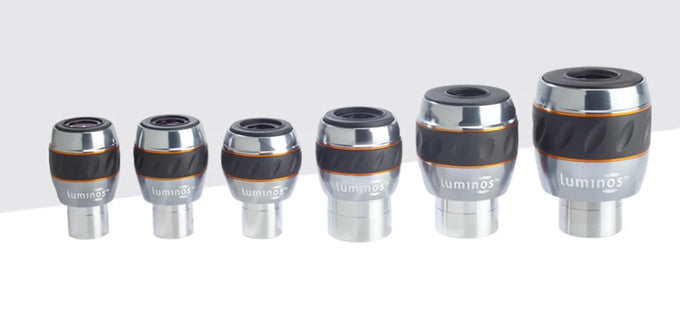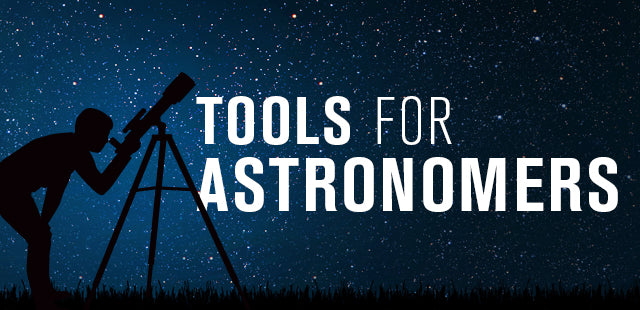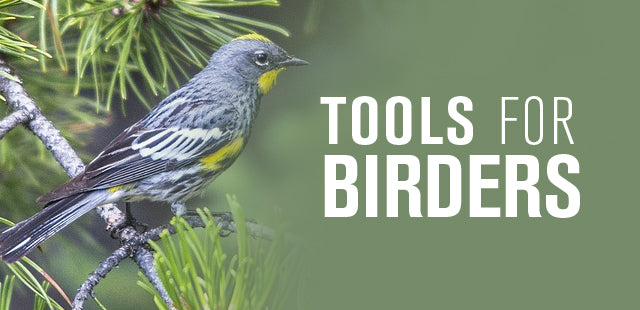How do I use my point-and-shoot camera to capture images?
February 2, 2011
If you’re looking for instructions for taking images with your smartphone, click here.
To use your point-and-shoot digital camera with a telescope or spotting scope, you will need the Celestron Universal Digital Camera Adapter. The camera sits on the adapter as it looks through the eyepiece of your telescope or spotting scope. This works well for small- to medium-sized cameras.

Attach the adapter’s clamp to the eyepiece drawtube, then the camera to the platform on the adapter. You will have to make adjustments to the adapter to properly position the camera lens in the emerging light beam from the eyepiece and focus it. This is easy to see with the camera’s preview screen. Try different eyepieces and zoom settings of the camera to get the view you want.


If your scope has a piggyback bracket or screw, you can mount your camera on it. Use the camera’s 1/4x20 tripod socket on the bracket or screw. Place your camera’s tripod socket on the screw and turn it until it is securely onto the thread. Align the camera in the direction of your subject – generally that will be parallel to the telescope tube’s axis. Lock the camera in position on the screw. Now your scope acts as a platform to point and track for astrophotography of wide regions of the sky. Use the self-timer feature of the camera to trip the shutter to avoid blurring.
A telescope with either a motor drive or computerized drive will track for you once it’s properly aligned or polar-aligned with the sky. Tracking may not be needed for very short exposures of the Sun through a solar filter, Moon and planets.
This adapter works by clamping onto an eyepiece or eyepiece drawtube while holding a smaller point-and-shoot style digital camera on a movable platform. Below are measurements of the various spacings and adjustments possible with the adapter to help determine what size of camera will work with it.
Here is a diagram of the adapter:
The platform J measures approx 3” x 4” across its widest parts.
The clamp assembly determines how large an eyepiece or eyepiece drawtube the adapter can work with. The scope holding clamp C measures 1-1/8 inch deep. The clamp adjusting knob A moves the adjustable clamp plate B from a minimum opening of 1-1/8” to a maximum of 2-5/8” (it can adjust to clamp onto either 1.25” or 2” eyepieces/drawtubes, which is why it’s called a 2” adapter). Tripod socket G allows the adapter to be used with a tripod.
Camera depth accommodation is determined by the platform grooves K and the placement of H and I, the 1/4x20 camera mounting screw and its lock, the camera fixing screw. The space between the groove centerlines is 1-1/8 inch. The mounting screw can slide back to allow 2.5 inches maximum distance between the mounting screw and the scope holding clamp. This would be the maximum depth for a camera between its lens front and the position of its 1/4x20 tripod socket in the camera base. The minimum distance is 0.75 inches.
The horizontal fine-tuning knob D is not actually seen in the diagram. It adjusts the camera to the right and left by a range of 2-5/8 inches side to side.
The vertical fine-tuning knob F allows vertical adjustment of the camera of 1-5/8 inches up and down.

